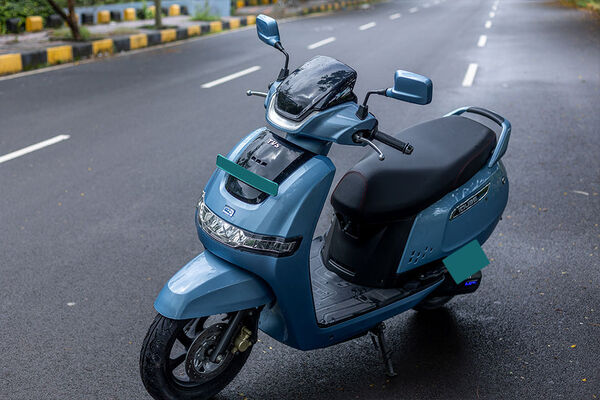Delhi to Mumbai drive in 12 hours flat: 10 key points about expressway
- Delhi-Mumbai Expressway promises to not just cut down travel time and distance between the two cities but bring about economic benefits galore.


Delhi-Mumbai Expressway (DME) promises to change the way people travel between the two cities by road and has the potential to bring about economic benefits to states and cities through which it passes. An ambitious project, the 1,350 kms-long highway promises to cut travel distance and time for commuters significantly once complete.
Union Minister Nitin Gadkari on Thursday attended a review of the progress made on the Delhi-Mumbai Expressway and once again took the opportunity to highlight just why this expressway could be the heartbeat of the country.
Also check these Vehicles
Also Read : Are toll charges high in India? Nitin Gadkari says ‘ have to pay for good roads’
Here are ten important things to note about the Delhi-Mumbai Expressway:
*The Delhi-Mumbai Expressway is being built at a cost of ₹98,000 crore. Around 400 kms of the 1,350 kms-long highway has already been laid.
Also Read : India's first electric highway likely to connect Delhi and Jaipur: Nitin Gadkari
*The Delhi-Mumbai Expressway will connect urban centres of Delhi through the Delhi-Faridabad-Sohna section of the corridor along with a spur to Jewar Airport and Jawaharlal Nehru Port to Mumbai. In all, it will pass through the states (and UT) of Delhi, Haryana, Rajasthan, Madhya Pradesh, Gujarat and Maharashtra. The cities likely to benefit are Jaipur, Kishangarh, Ajmer, Kota, Chittorgarh, Udaipur, Bhopal, Ujjain, Indore, Ahmedabad, Vadodara and Surat.
*The Delhi-Mumbai Expressway , once complete, will bring down commute time between Delhi and Mumbai from nearly 24 hours to 12 hours and shorten the distance by 130 kms.
*The expressway also, and therefore, have the potential to generate fuel savings of over 320 million litres each year and reduce CO2 emissions by 850 million Kg.
*The Delhi-Mumbai Expressway will have three animal crossings and five overpasses. The combined length of these is seven kilometres to allow for unrestricted animal movement.
*There will be two eight-lane tunnels which are claimed to be engineering marvels. One is through Mukundra sanctuary and the other is through the Matheran eco-sensitive zone.
*Expect periodic wayside amenities which include petrol pumps, rest areas, motels, shops and restaurants. Some of the stop points will also get helipads for emergency rescue and evacuation, if and when required.
*Two sections of the Delhi-Mumbai Expressway may open by March of 2022. These are the Delhi9-Dausa-Lalsot section and the Vadodara-Ankleshwar section. While the forrmer is part of the Delhi-Jaipur Expressway, the other connects Vadodara to Bharuch.
*The entire expressway between Delhi and Mumbai is expected to be completed by March of 2023.
*Perpetual pavement design has been adopted for Delhi - Vadodara section, which passes through arid regions and rigid pavement design has been adopted for Vadodara – Mumbai section with high rainfall to increase the longevity of the project.
(With inputs from Live Mint)








 110 km/charge
110 km/charge

 3 kWh
3 kWh












